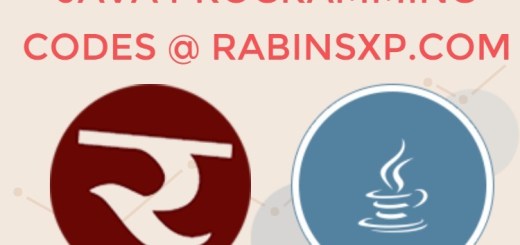On-Site SEO Tutorial for Keywords, Contents and Web elements
Here at RabinsXP SEO or say RabinsXP Search Optimisation we are going to talk about ‘On-Site SEO‘ for the usages of keywords, contents and other web elements.
Before we start into on-page optimization for search engine targets, did you know you can increase your domain ranking using RabinsXP Ranking Tool too? Don’t forget to download the SEO Analysis PDF too.
Introduction to On-Page SEO
On-Page SEO means optimization of every HTML codes of any site including the website contents. In other words, the correction or beautifying the source codes and make then Search Engine freely so that search bots are easily crawling and recognize the written contents allowing us to rank higher in search sites like Google and hence increase in the website traffic is known as On-Site SEO.
According to Moz, “On-site SEO (also known as on-page SEO) is the practice of optimizing elements on a website in order to rank higher and earn more relevant traffic from search engines. On-site SEO refers to optimizing both the content and HTML source code of a page.”
Keywords
Directly placing meta keywords make no sense these days as most of the people had used this to cheat Search Engine in old days. Now, search engines especially Google has come up with a new algorithm to counter this malpractice. So, instead of meta-keywords, they focused on long tail keywords. Long-tail-keywords means, the keywords relevant to your website contents or say a keyword from your written article.
So, how to work on this Keyword for On-site SEO point of view? The answer is simple as one, two and three. 🙂
#1. Give a Title Name (Choose the desired Keyword). For example, I am going to write about ‘Exploring the Nepal’.
#2. Your contents should reflect the main keyword or the synonyms or related keywords. For example, the related keywords for Nepal may be, country of Mount Everest or the birthplace of Buddha? or maybe location, capital, currency, people, culture or anything related to Nepal and Nepalese entity.
#3. Make sure your page-URL or slug has that keyword too. For example, here in the ‘Exploring the Nepal’, I may use /explore-nepal/ or country-nepal.html. This is just an example, you can use keyword planner tool for best practices of onsite-keyword placement.
Contents
After learning about keyword placement in the website, let’s move into the content of it. There is a popular saying that content is the King but according to me the quality content with unique and proper meaning is the Lord. 🙂
The contents should have repeated keywords not for the sake of repetition only but for relevance and in support of the article. So, the better practice is writing a good article using proper Headings, Subheadings, etc. The first paragraph of an article should talk about or in relevance to every paragraph of the very article. It means, we can use synonyms to describe the keyword used in the first paragraph.
Just remember the format of any article writing we did during our High School days. The same applies here.
Web Elements
Talking about the web elements, I’m adding few more things from already mentioned ways. For example placement of H1, H2 tags. It’s a good practice to follow Schema and the Open Graph Protocol by all the Webmasters.
Let’s learn some from an example of placing proper meta tags taking in reference to Nepal Train.
<html> <head> <meta charset="utf-8"> <title>Cheap Domestic and International Flight Ticket Booking | NepalTrain.com</title> <meta name="description" content="Book cheap flights tickets at low rates all over Nepal. NepalTrain.com also provides international flight tickets." /> <!-- Twitter Card data --> <meta name="twitter:card" value="Book cheap flights tickets at low rates all over Nepal. NepalTrain.com also provides international flight tickets."/> <!-- Open Graph data --> <meta property="og:title" content="Book cheap flights tickets at low rates all over Nepal. NepalTrain.com also provides international flight tickets." /> <meta property="og:type" content="website" /> <meta property="og:url" content="https://www.nepaltrain.com/flight.php" /> <meta property="og:image" content="https://www.nepaltrain.com/images/nepal-flights.jpg" /> <meta property="og:description" content="Book international and domestic cheap flights tickets at low rates all over Nepal. NepalTrain.com also provides international flight tickets." /> <meta name="viewport" content="width=device-width, initial-scale=1"> <meta http-equiv="Content-Type" content="text/html; charset=utf-8" /> ..................................................................... </html>
References:
My Keyword Prediction Tool For Higher Google Search Results Rank
How to increase domain rank using RabinsXP Website Rank?
A Step-by-Step Guide for On-Page SEO Management [Free SEO Template]





Wow! It helped with my sites Web Hosting Nepal | Domain Registration | Web Design